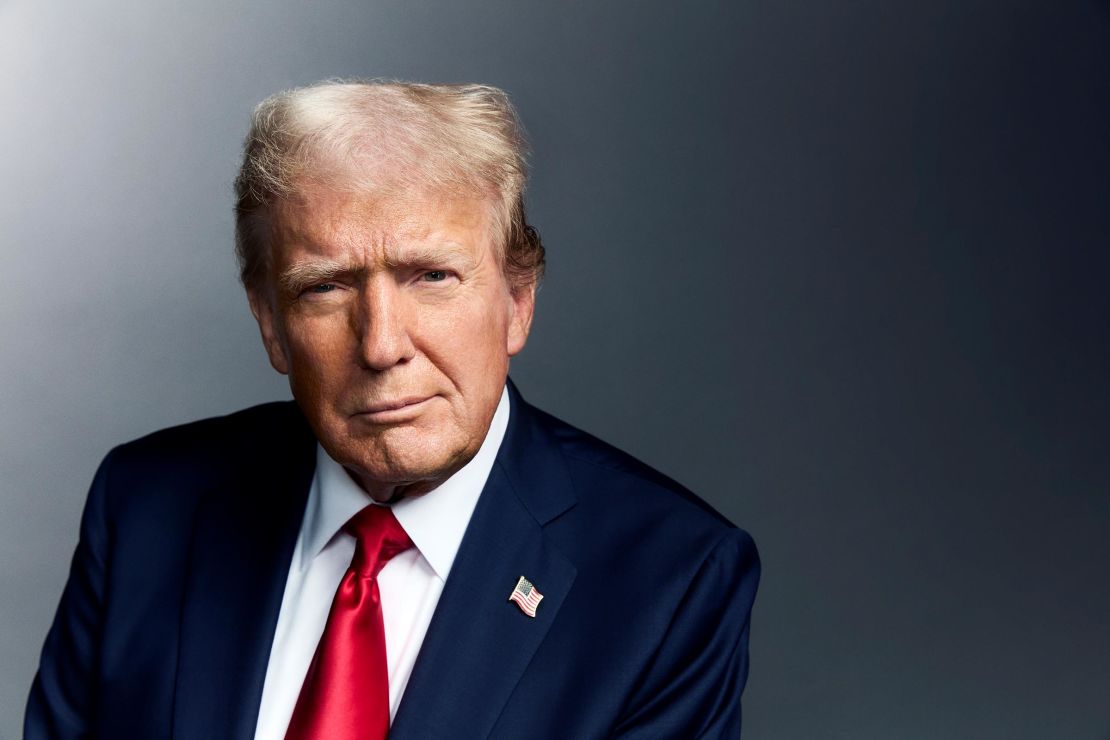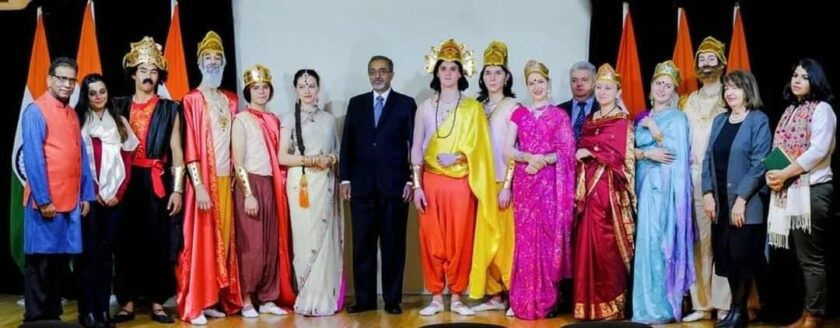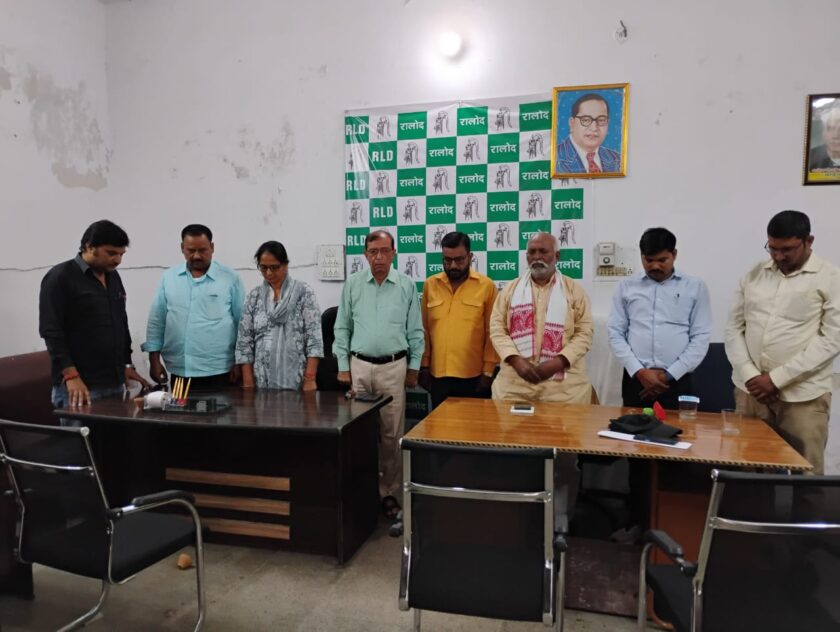New Delhi: US President Donald Trump has once again left the world guessing with his unpredictable policy shifts. Since assuming office for his second term, Trump’s decisions—especially on tariffs—have kept allies and rivals alike on edge. The latest flashpoint has been his unilateral imposition of a 50% tariff on Indian goods, sparking protests from New Delhi despite the fact that the US remains India’s largest trading partner, with bilateral trade touching $131.84 billion in FY 2024-25.
What puzzled observers was Trump’s sudden change in tone. After weeks of pressure, the President softened his stance, calling Prime Minister Narendra Modi a “friend” and assuring that trade disputes would be resolved soon. Analysts suggest several reasons for this shift. Former Foreign Secretary Kanwal Sibal believes Trump’s overtures could be tactical—aimed at cooling tensions temporarily for quick political gains. He also pointed out that the images emerging from the Shanghai Cooperation Organization (SCO) summit, where Modi was seen alongside China’s Xi Jinping and Russia’s Vladimir Putin, may have pushed the White House to recalibrate its approach.
Meanwhile, China has been flexing its muscles. Its grand military parade marking the 80th anniversary of World War II’s end underscored Beijing’s growing global ambitions, sending an unmistakable signal to Washington. Trump’s muted response to the show of strength, contrasted with his fascination for military parades back home, reflects his conflicting priorities. Experts argue that his tariff wars, especially against China, risk backfiring and pushing countries like India and Russia closer to Beijing.
Trump’s “America First” policy, designed to protect domestic industry and raise revenues, has further strained ties with allies. Legal setbacks have also complicated matters, with US courts questioning parts of his trade agenda. Yet Trump continues to claim his economic strategy will usher in a “second golden age” for America.

For India, the President’s shifting stance is both a challenge and an opportunity. While Trump’s praise for Modi and acknowledgment of “special ties” suggest goodwill, New Delhi remains cautious. As one diplomat put it, “Trump’s words today may not be his policy tomorrow.”
In essence, Trump’s changing tone towards India highlights a deeper reality: the interplay of strategic rivalry with China, domestic political pressures, and the recalibration of global alliances. For now, India is advised to tread carefully—engaging with Washington but avoiding hasty decisions in a volatile geopolitical climate.






